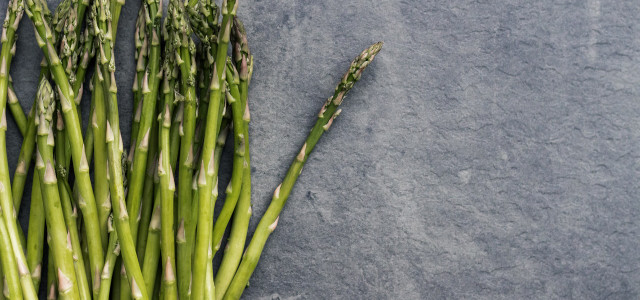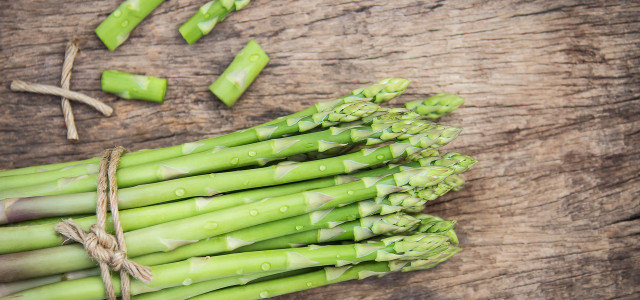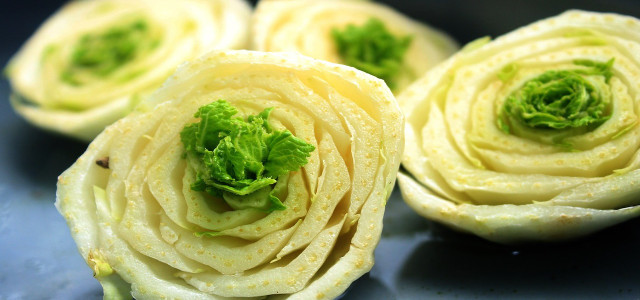In North America, wild asparagus is technically not any different from what you’ll find in your garden or grocery store. We’ll look at where and when to go searching for it, and share some tips on how to prepare it.
What is Wild Asparagus?
Asparagus acutifolius is a type of wild asparagus that grows in the Mediterranean region. On this side of the Atlantic, however, the term wild asparagus refers to the same type of asparagus that you’ll find in the grocery store; it’s only called “wild” because it is growing in an unexpected place, or somewhere where no one planted it on purpose. The plants you’ll find growing in the USA in sunny marshlands, or near roadside ditches are actually Asparagus officinalis, more commonly known as garden asparagus.
Did you know? Due to its extensive root formation, farmers sometimes plant asparagus alongside ditches to stop erosion.
Where and When to Find Wild Asparagus
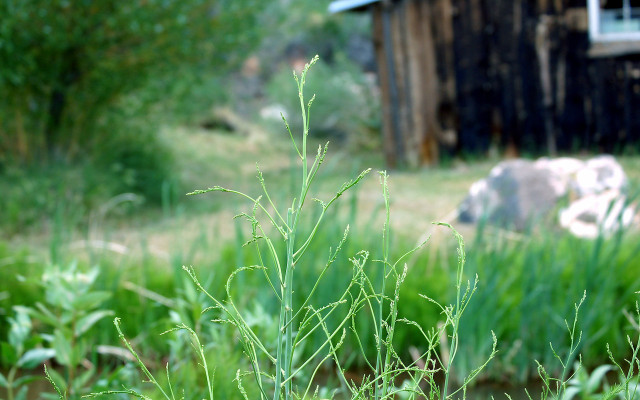
Wild asparagus grows near sources of water, but not directly in it — this plant prefers looser soil with plenty of moisture. You can try your luck in grassy areas along walls, in roadside ditches, wooded areas, and prairies. Don’t bother checking the forest: asparagus is a sun-loving plant and requires plenty of light to grow.
Finding wild asparagus in the spring, which is when it’s in season, is no easy feat. The stalks themselves are identifiable once you find them, but knowing where to look can cause a few headaches. If you’re dead set on finding some this spring, your best bet is to look for older plants from the previous year.
If you’re prepared to be patient, the ideal time to figure out where the wild aparasgus plants grow is in the late summer. By this time, the mature plant has grown nice and tall (up to 6 feet), and has a very recognizable fern— similar to that of dill or fennel. Write down the location so you know where to return come spring.
Wondering when to harvest wild asparagus? Location plays a huge role. It can be as early as February in California, or as late as June in Canada. Every region has its own indicator. In Canada, the best time to start looking is when the lilacs are in bloom. In places like California, wait for the wild mustard to bloom before going out.
You can check out the USDA’s map to see if asparagus grows in your area.
Tips for Harvesting
Once you find your wild asparagus patch, keep going back to it. In the early spring, stalks can take three days to grow, but as the days get warmer, asparagus can grow up to 10 inches in a 24 hour period!
It helps to have a knife and a container to carry the stalks home in. If you find yourself without, you can easily snap the stalks to pick them. Just remember to treat fresh asparagus like cut flowers: place the stalks into a glass of water as soon as possible.
Wild asparagus is often found on private property, leftover from old homesteads and farms. Research your locations ahead of time, check local foraging guides, and whatever you do, don’t trespass.
For more tips about where to find wild asparagus, check out the book “Stalking the Wild Asparagus” by Euell Gibbons (available on Amazon**).
Preparing Wild Asparagus: Recipe Ideas
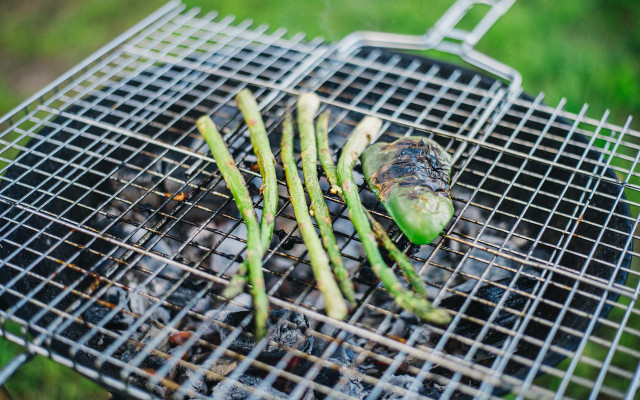


Wild asparagus can be served in any number of delicious ways. Some like it blanched, others like it roasted, or even raw.
- Roast it in the oven with garlic and parmesan
- Add wild asparagus to a salad with tomatoes and vegan feta
- Skewer the stalks and grill it on the barbecue
- Mix it into your favorite pasta dish, like vegan carbonara
- Make a creamy soup by blending it with fennel
Did you know? You can even use asparagus peels to make a tasty soup. Find the recipe here: Reuse Vegetable Scraps: Skip the Trash and Put Food Back on Your Plate
You can read about German wild asparagus here: Wilder Spargel: Wo er wächst und Zubereitung
** Links to retailers marked with ** or underlined orange are partially partner links: If you buy here, you actively support Utopia.org, because we will receive a small part of the sales proceeds. More info.Do you like this post?






